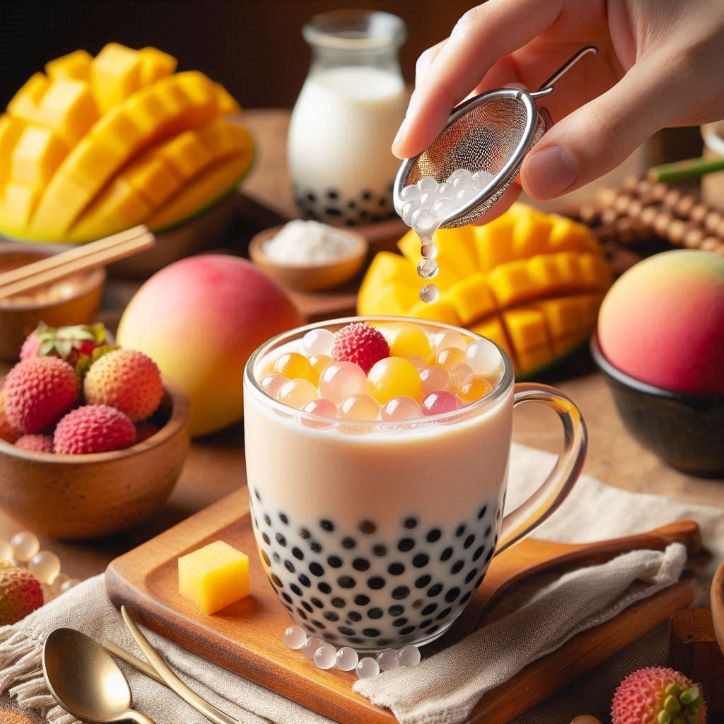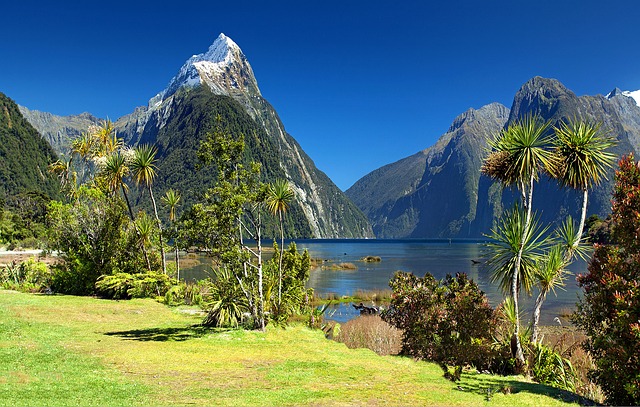How Taiwan’s Tropical Climate Influences the Ingredients in Traditional Bubble Tea

Taiwan’s warm and humid climate plays a significant role in the cultivation of the ingredients used in traditional bubble tea. The weather patterns in Taiwan create ideal growing conditions for tea leaves, tapioca, and fresh fruit ingredients, which are essential to the unique flavors and quality of the drink.
Boba Taiwan, a Taiwan-based company manufacturing bubbly tea ingredients, is a testament to how local climate influences the creation of this beloved beverage. The distinct taste of bubble tea can be attributed to the specific weather conditions that shape its ingredients.
The Role of Climate in Tea Cultivation
Tea leaves, the base of bubble tea, thrive in Taiwan’s subtropical climate. The consistent rainfall and high humidity levels allow for the growth of rich, flavorful tea leaves. Taiwan’s mountainous regions provide the perfect elevation and temperature variations that enhance the quality of the tea. The natural mist and cool nights create a unique flavor profile that is unmatched by teas grown in other parts of the world.
Tapioca Production and Weather Conditions
Tapioca pearls, another crucial ingredient in bubble tea, are made from cassava root. This plant flourishes in the tropical climate of Taiwan. The warm temperatures and ample rainfall ensure a healthy harvest. The process of making tapioca pearls involves turning the cassava root into a starchy substance that can be rolled into balls and cooked. The local climate directly impacts the texture and taste of these pearls, contributing to their signature chewiness.
Fresh Fruits and Their Seasonal Availability
The variety of fresh fruits used in bubble tea is a direct reflection of Taiwan’s climate. Mangoes, lychees, and passion fruits are just a few examples of the tropical fruits that add a burst of flavor to bubble tea. These fruits are grown in the warm, sunny conditions of Taiwan, and their availability is influenced by the seasonal weather patterns. The use of fresh, locally-sourced fruits enhances the taste and nutritional value of bubble tea.
Weather Patterns and Flavor Variations
Weather patterns play a significant role in the flavor variations of bubble tea. The amount of rainfall, temperature fluctuations, and humidity levels can all affect the growth and quality of the ingredients. For example, a particularly rainy season can lead to a more robust tea flavor, while a drier season may result in a lighter, more delicate taste. Understanding these patterns helps bubble tea enthusiasts appreciate the nuances in each cup.
READ ALSO: Coffee And Climate Change: Geeks Health
Conclusion
In conclusion, Taiwan’s tropical climate has a profound impact on the ingredients used in traditional bubble tea. The warm and humid conditions create the perfect environment for cultivating high-quality tea leaves, tapioca, and fresh fruits. These elements come together to create the distinct and beloved flavors of bubble tea. Next time you enjoy a cup, take a moment to appreciate the role that weather plays in crafting this delicious beverage.




